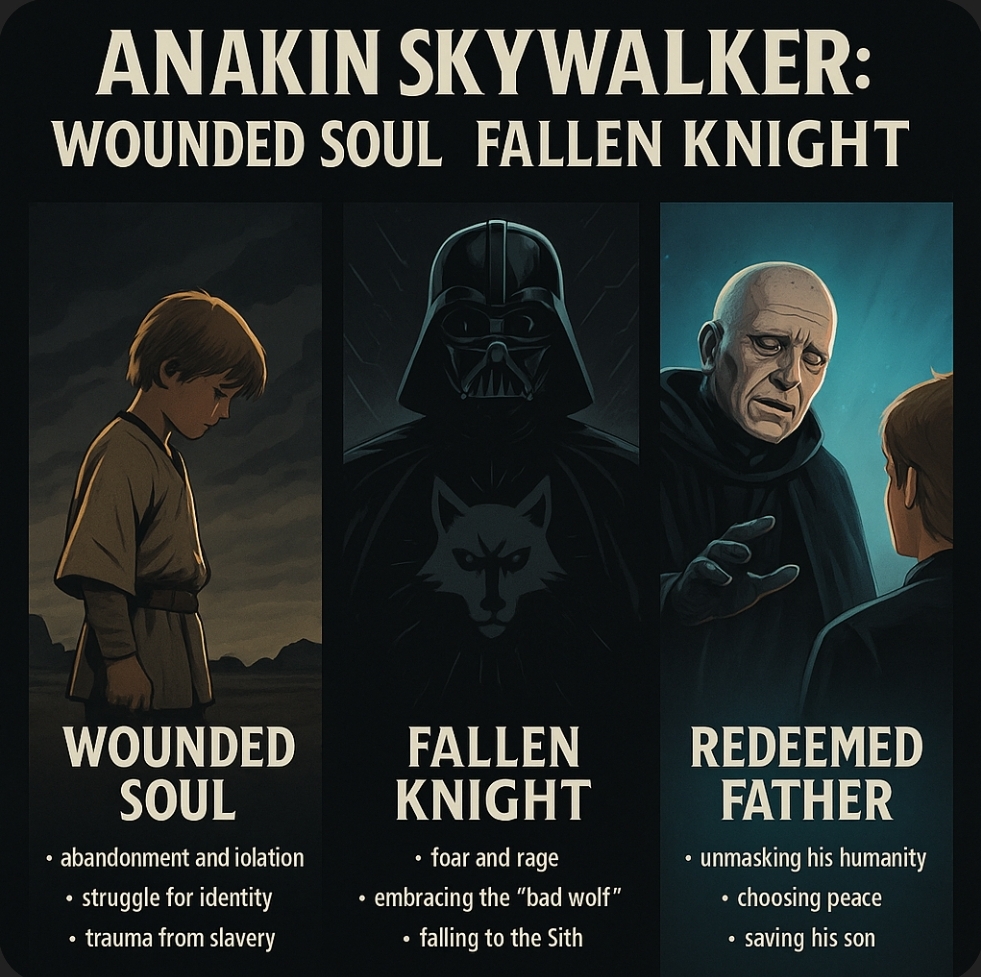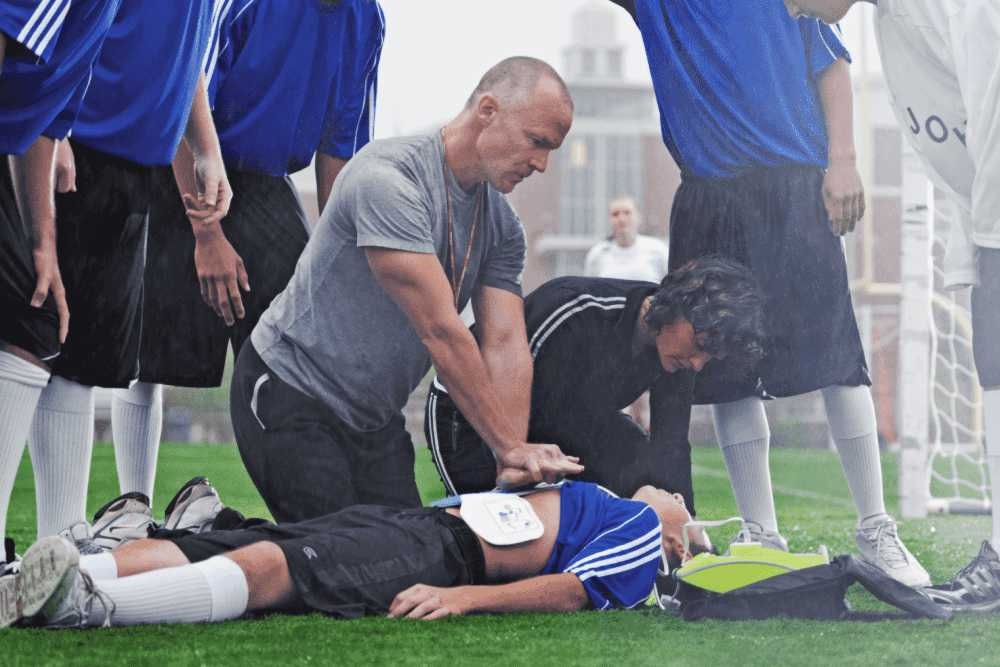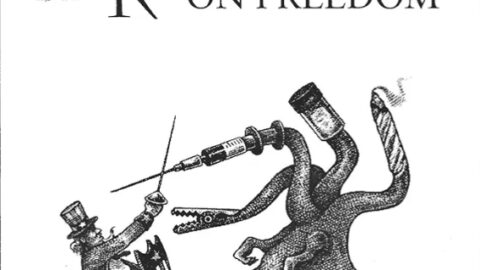The Hero’s Journey Through Trauma, Temptation, and Truth
I. The Wounded Brain: Anakin’s Traumatic Foundations
Anakin Skywalker’s childhood mirrors the conditions described in trauma studies like Rewiring the Wounded Brain. Born into slavery on Tatooine, raised in poverty, and separated from his mother at a young age, Anakin’s formative years were saturated with instability, fear, and powerlessness—classic precursors for adverse neural pairings. His deep-seated abandonment wound and emotional hypervigilance shaped how he interpreted the world: through a lens of survival, control, and fear of loss.
Despite his force sensitivity and rare potential, Anakin’s emotional development remained hindered by a limbic system overactivated by unresolved trauma. This neural imbalance left him vulnerable to manipulation and unable to regulate fear and attachment—central drivers behind his eventual fall.
II. The Hero’s Journey Interrupted: Feeding the Bad Wolf
Joseph Campbell’s monomyth describes a cyclical journey: the Call to Adventure, Trials and Temptations, the Abyss, and eventual Return with Transformation. Anakin enters this journey but fails at the threshold of his greatest trial.
Rather than face and integrate his grief, he resists vulnerability. He clings to control, secrecy, and power. His fear of losing Padmé—rooted in childhood trauma and attachment disorder—overpowers his Jedi training. Where others might enter the cave and emerge transformed, Anakin flees the cave and becomes it.
Instead of defeating his inner demons, he feeds them. His choices mirror the Cherokee parable: “There are two wolves inside us…” He feeds the wolf of fear, pride, rage, and domination. His transformation into Darth Vader isn’t a mystical corruption—it’s a tragic fulfillment of his unresolved wounds.
III. The Masked Life: Living in Bondage
Encased in armor, Anakin becomes Vader—both physically and psychologically. The armor is more than survival gear; it’s symbolic of emotional entrapment. He is sealed inside his pain, isolated, voiceless, his true self buried beneath layers of machinery and regret.
The Sith do not offer healing. They offer the illusion of power as a coping mechanism. Vader is constantly in a reactive limbic state—ruled by emotional impulses, suppressing critical reflection, unable to engage the prefrontal cortex capacities for empathy, nuance, and self-awareness. The dark side thrives in this psychological environment: pain becomes power, and identity is consumed by defense mechanisms.
IV. Redemption Through Relationship: The Son as Mirror
Luke Skywalker’s journey contrasts with Anakin’s. He too faces temptation, fear, and loss. But Luke enters the cave (literally, on Dagobah) and symbolically confronts his own potential for darkness. Where Anakin chose control, Luke chooses surrender—throwing down his lightsaber rather than kill his father.
This act of mercy shatters Vader’s narrative. For the first time in decades, someone sees Anakin, not Vader. Through his son, he is reminded of the self he abandoned. Redemption is born not from moral perfection, but from reawakened love. Luke’s compassion ignites a healing pathway long buried in Anakin’s neural and spiritual core.
Anakin’s redemption—his final act to destroy the Emperor—is both moral and neurological. In that decisive moment, he overrides his limbic bondage with meaning, choice, and sacrifice. In that sense, he doesn’t just save Luke. He saves himself.
V. The Force Ghost: A Symbol of Integration
Anakin’s appearance as a Force ghost is a visual metaphor for integration. The mask is gone. The machine is discarded. He appears as he was before he fed the dark wolf—a symbolic restoration of soul and self. Redemption doesn’t undo the harm, but it reclaims agency.
He is no longer reactive. He is reflective. As a Force ghost, he no longer exists in binary opposition but stands as witness to both suffering and hope.
VI. Conclusion: Trauma, Transformation, and Truth
Anakin Skywalker’s arc is not just a cautionary tale—it’s a mirror of human psychology. He teaches us that:
- Trauma unattended becomes fuel for destruction.
- Emotional wounds, if not healed, will shape identity and morality.
- Redemption is not about erasing the past but reclaiming one’s soul through love, truth, and self-sacrifice.
As Campbell, Jung, and modern trauma research all suggest: the cave we fear holds the treasure we seek. Anakin entered the cave and became the darkness—but through Luke, he reemerged into the light.






